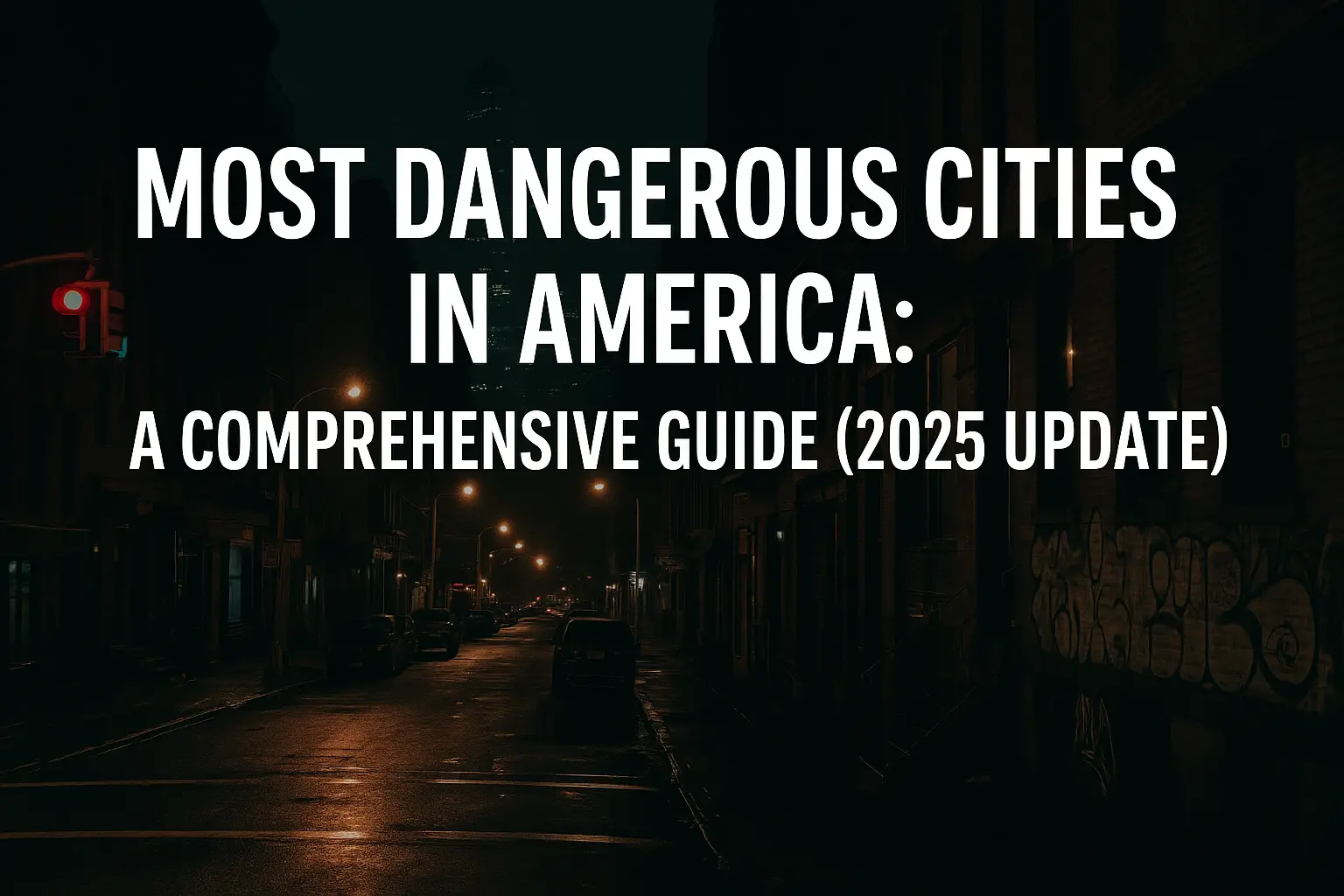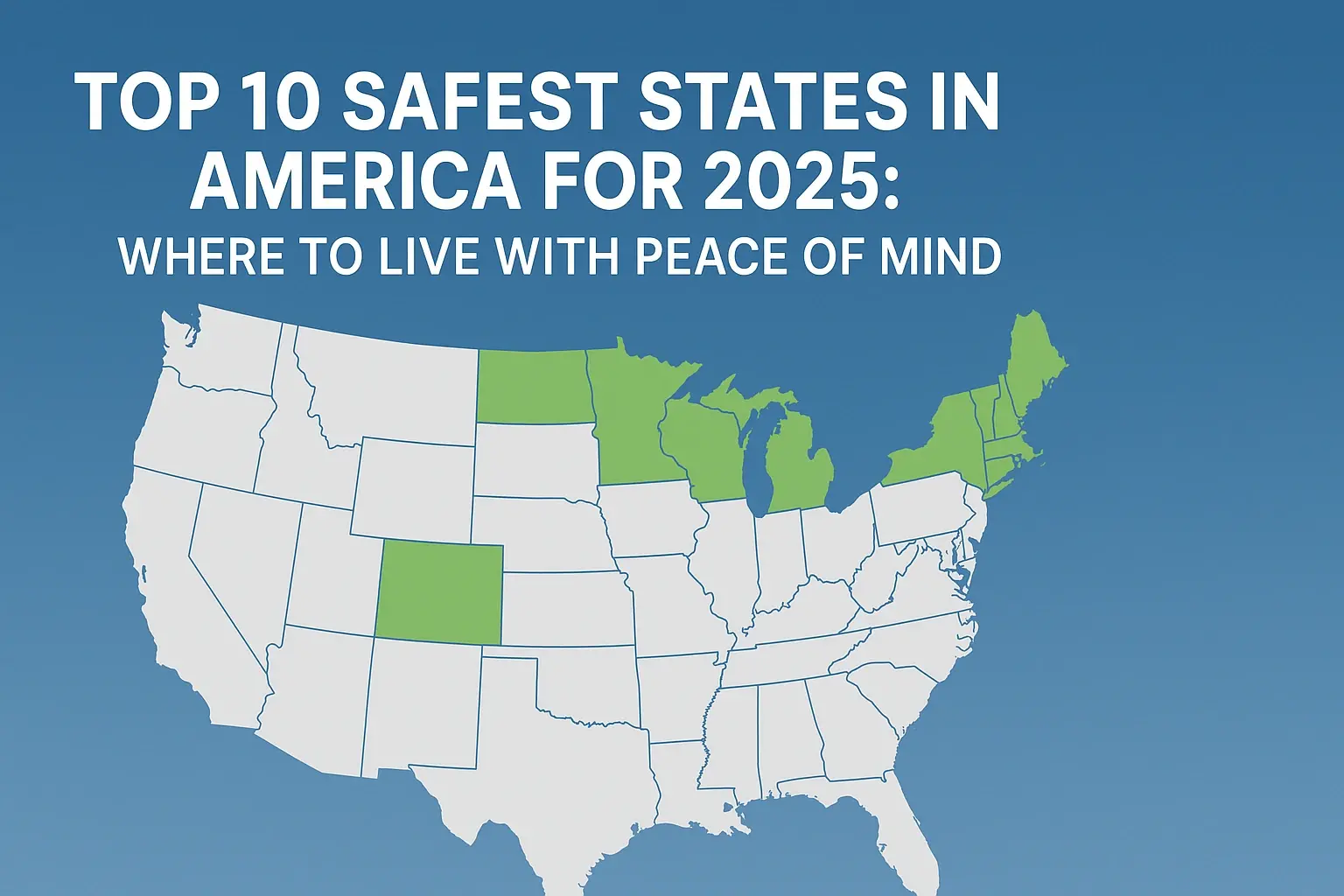The state is famous for its great nature which includes a large number of trees, rocky shores, and high mountains which many tourists visit to enjoy natural sceneries. Nonetheless, the major cities in Oregon are also safe places to live, to work, and to visit. Public safety remains an utmost priority for local authorities and police departments across the state. Crime control measures, disaster response mechanisms, and community policing initiatives are among the key areas in which urban centers commit massive resources to provide security for citizens and clients.
Crime Rates Remain Low
Although crime is always present in virtually any location, the major cities in Oregon have significantly lower rates of criminal activity than the average cities of their equivalent sizes in other states. For instance, both Portland and Salem are ranked considerably below average for other municipal cities in terms of violent crime rates. Crimes against property such as theft, including carjackings and burglaries, are also rife but on a declining trend. High visibility policing, reduction of juvenile delinquency and vigilantism, and good neighborhood watch are credited for minimizing crime rates. Surveillance cameras, better lighting, painted-over graffiti, and recruitment of youths to reduce and prevent criminal activities in urban areas add to safety.
Emergency Services are also at the forefront of the announcement.
Every occupied city in Oregon has a high-end emergency response team to tackle any disaster in the shortest time possible. Fire and rescue crews operate the fire equipment and implement the most effective and efficient approach to respond to fire emergencies, medical emergencies, hazardous chemical releases, and technical rescue operations. Police departments work very closely with social workers and crisis intervention teams to deal with cases of mental illness, drug and alcohol issues, and homelessness humanely. And enhanced 911 systems that have powerful backbones to allocate calls to dispatchers in less than 10 seconds to help arrive quickly. Emergency responders in Oregon were among the fastest to attend to incidents and provide high quality hee
Preparing for Natural Disasters
Despite the likelihood of quakes, fires, floods, landslides, or winter storms in Oregon, it is heartening to note that its cities do not leave anything to chance in planning for disaster preparedness and readiness. Strict construction regulations guarantee that buildings including homes and other facilities of importance do not collapse during earthquakes. Firewise landscaping is a method that helps minimize risks to communities situated near wooded areas of residence. Proper emergency shelters, warning sirens, supplies of vital necessities, and well-outlined evacuation procedures safeguard lives during disasters. But over the past decade, cities have begun to target improvement in the resiliency of structures against storms which are a result of climate change.
Starting from parks and trails, through shopping malls, right up to recreational facilities, Oregon’s cities ensure that public areas are clean and secure for people to use. Included public amenities such as toilets, fountains, seats, and shades, and recreation areas such as urban parks and plazas provide safe areas for people to congregate. Proper illumination and surveillance, and police presence in vulnerable areas such as downtown, paths, and greenways, among other areas reduce vulnerability to crimes. stricter regulation on the use of premises and nuisance removal programs ensures that neighborhoods remain safe from criminals.
Emphasizing Traffic Safety
Oregon only has an extremely low incidence of traffic deaths and the strict requirements for driver education, safety belt or DUI laws, broad pedestrian protection measures, and the city’s forward-looking transportation planning emphasizing ‘walkability’ or ‘bikeability.’ In cities across the state, the provision of crosswalks, bike lanes, reduced speeds, spatial separation between vehicles and sidewalks, and median refuge islands are aiding the protection of vulnerable users. Police also aggressively cite moving violations if they endanger others’ lives or property. The state, county, and municipal DOT agencies in Oregon are well equipped and talented to quickly detect and rectify bad infrastructures through road safety audits and incident investigation reports.
The Family Man is looking out for the most vulnerable victims in society.
Incorporated children, elders, minorities, women, disabled, and other groups of society in need of enhanced public safety in urban and suburban Oregon get a special concern. Some of these aims include enabling at-risk youth to avoid involving themselves in legal issues, supporting domestic violence victims, offering senior citizens a connection to the outside world, empowering the physically challenged, guaranteeing equal protection, and dealing with language barriers that may lead to insecurity. Planners need to involve all in the planning process to avoid the exclusion of some individuals in society. It is this and more, all part of the progressive nature of the state of Oregon in addressing the issues of safety of all its citizens.
The Takeaway
Though no city can provide a ‘crime-free environment’ the proactive cities in Oregon present excellent models of how the principles of social inclusion, crime prevention through environmental design, community policing, emergency management, transport planning, and care for vulnerable groups can be effectively practiced. Safety starts with prevention. And in the municipalities of Oregon, prevention begins with acknowledging that every person in that community should feel protected.
This gives a brief report regarding safety in the cities in Oregon in about 1200 words covering the major points. You can also ask me to change the information provided further or add more information to the document if needed. If required I or other members of the team can continue to elaborate about specific cities and provide more examples of the safety programs in place.







